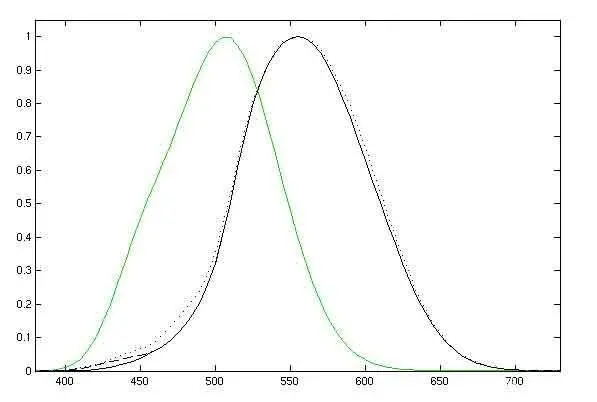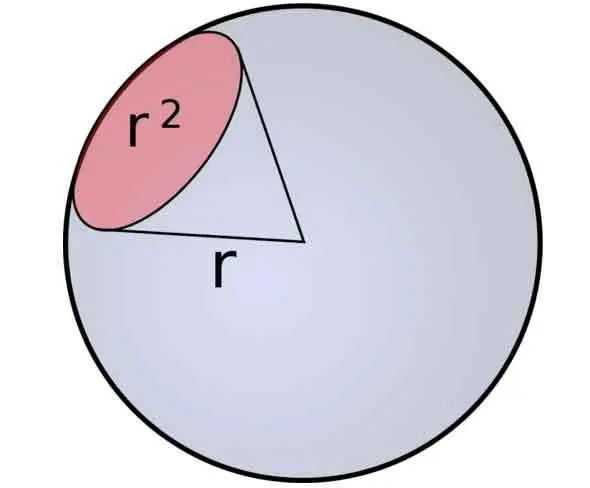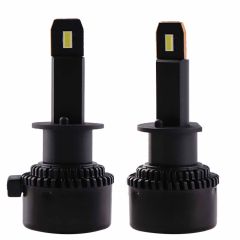Symbols such as luminous flux and illuminance are often seen in the boxes of light bulbs and other lamps seen in supermarkets. Maybe you know the two parameters that describe the brightness of a light. However, how were luminous flux (lumens) and illuminance (lux) specifically defined in the first place? What's the difference between them? do you know? Technical reference "Shandong Bandao Medical Equipment Co., Ltd."
What is luminous flux?
Luminous flux is a parameter used to evaluate the total amount of visible light emitted from an illuminating object, such as a lamp. There is a parameter here called radiant flux, which is similar to luminous flux. Radiant flux is a measurement of all emitted electromagnetic radiation (including infrared, ultraviolet, and visible light) and is the total amount of objective light. Luminous flux, on the other hand, is the amount of light perceived by the human eye and reflects the sensitivity of the human eye by weighting the light effectiveness of each wavelength. Therefore, luminous flux can be viewed as a polymerization agent of wavelength intensity in all visible light bands except infrared and ultraviolet.
What is luminous efficiency?
Luminous efficiency is the relative sensitivity of the human eye to light of different wavelengths through subjective judgments of the brightness of different colors of light. Luminous efficiency should not be considered completely accurate, but it is considered a reference value, as a baseline for experimental purposes, and as a parameter that can express the visual sensitivity of the human eye.

Figure 1: Spectral luminous efficiency for photopic vision (black line) and scotopic vision (green line)
Unit of luminous flux——Lumen
Lumen (lm) is a unit of luminous flux in the International System of Units (SI), defined by the SI unit of luminosity, the candela, according to the following formula.
1lm = 1cdsr
Therefore, when the luminous angle of the light source is one solid angle and the luminous flux is one lumen, the luminous intensity is one candela. When the luminous flux is 1 lumen and the light angle is 1/2 solid angle, the luminous intensity is 2 candelas.
On the contrary, when the light intensity of a point light source that emits light in all directions is 1 candela, the luminous flux of the light source is 4π lumens and 12.56 lumens because its solid angle is 4π steradians.

Figure 2: Graphical representation of sphericity
What is illuminance?
In photometry, illuminance is the total luminous flux of incident light per unit area. That is, luminous flux represents the total amount of light emitted by the light source, and illuminance represents the total amount of light received by the object.
The relationship between illuminance and luminous flux is similar to the relationship between irradiance and the radiant flux received per unit area, except that illuminance is weighted according to the sensitivity of the human eye to light of different wavelengths and is perceived by the human eye. Represents light intensity.
Illuminance unit - Lux (Lux)
The SI unit of illuminance is lux (lx). One lux is equal to one luminance per square meter.
1 lx = 1 lm/m 2 = 1 cd·sr/m 2.
In photography, it is also often used as a lighting device called a foot candle. A foot-candle is a non-SI unit that means "illuminating a candle's light source onto a surface one foot away," so one foot-candle is equivalent to one lumen per square foot, or about 10 lux. ..

Two factors that affect lighting - "distance" and "tilt"
Illuminance is the number of lumens per square meter. This means that when a 1000 lumen light source illuminates an area of 1 square meter, the illumination on this plane is 1000 lux. Therefore, if a 1000 lumen light source illuminates an area of 10 square meters, the illumination on this plane is 100 lux.
Therefore, when purchasing light bulbs, it is not enough to choose based on the number of lumens alone. This is because if bulbs with the same lumen number are installed in the living room and bathroom, the brightness perceived by the human eye may differ greatly due to the different sizes of the rooms.
Generally, the higher the color temperature, the brighter the light source (the maximum number of lumens increases), so when selecting lighting fixtures such as light bulbs, the difference in illumination due to differences in color temperature results in reproducing the atmosphere of the room and the required lighting space. It’s best to think things through.






